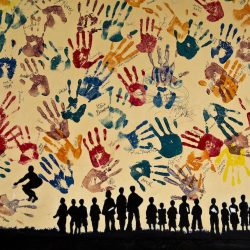After mass atrocities and crimes against humanity, how can societies reconcile? How is justice performed and how should we recognize these crimes? And what of the clash between international interests and local needs when dealing with the punishment and acknowledgment of atrocities? Hosted by Doug Becker. [ dur: 58mins. ]
- Elazar Barkan is Professor of International and Public Affairs at Columbia University and Director of Columbia’s Institute for the Study of Human Rights. He is founding Director of the Institute for Historical Justice and Reconciliation (IHJR) in The Hague. He is the author of Guilt of Nations: Restitution and Negotiating Historical Injustices and co-author of Taking Wrongs Seriously: Apologies and Reconciliation.
- Mark Drumbl is Professor at Washington and Lee University, School of Law, and Director of the University’s Transnational Law Institute. He is the author of Reimagining Child Soldiers In International Law and Policy and Atrocity, Punishment, and International Law.
- Jeremy Sarkin is Distinguished Visiting Professor of Law and member of CEDIS at Nova University Law School in Lisbon, Portugal. He is the author of The Global Impact and Legacy of Truth Commissions, Reparations for Colonial Genocides and co-editor of Africa’s Role and Contribution to International Criminal Justice.
This interview was recorded on April 18, 2021.
This program is produced by Ankine Aghassian, Doug Becker, Melissa Chiprin, Mihika Chechi, and Sudd Dongre.
Podcast: Play in new window | Download (Duration: 58:01 — 53.1MB) | Embed
Subscribe: Apple Podcasts | Spotify | RSS
